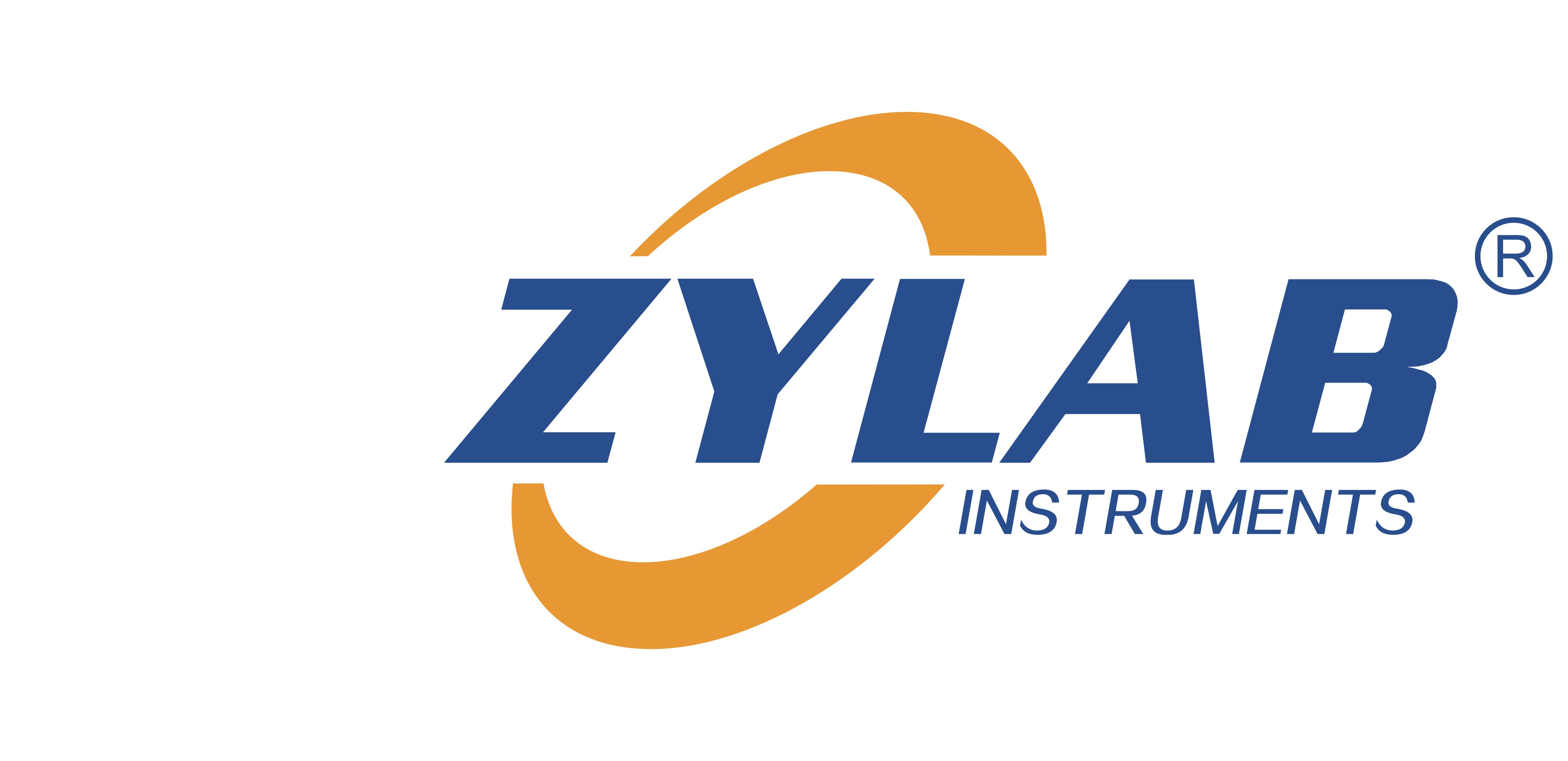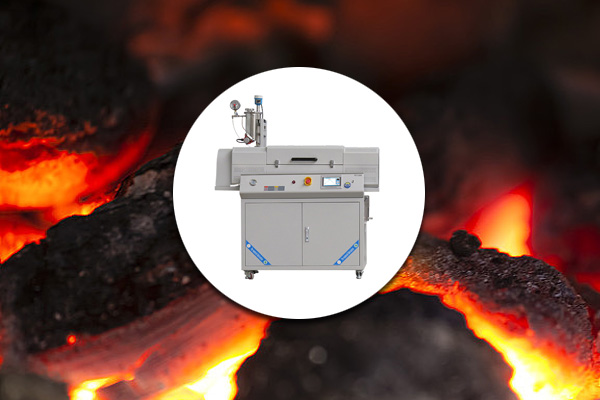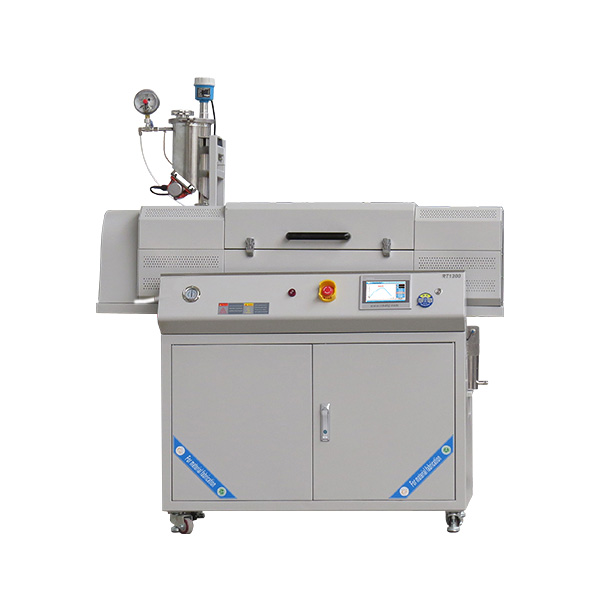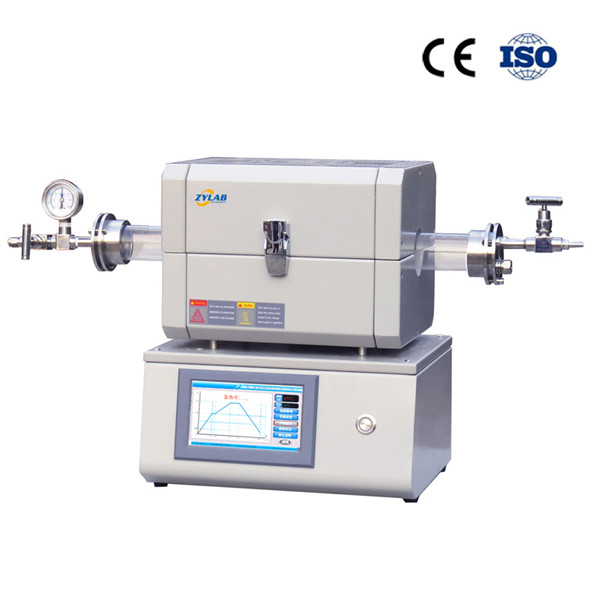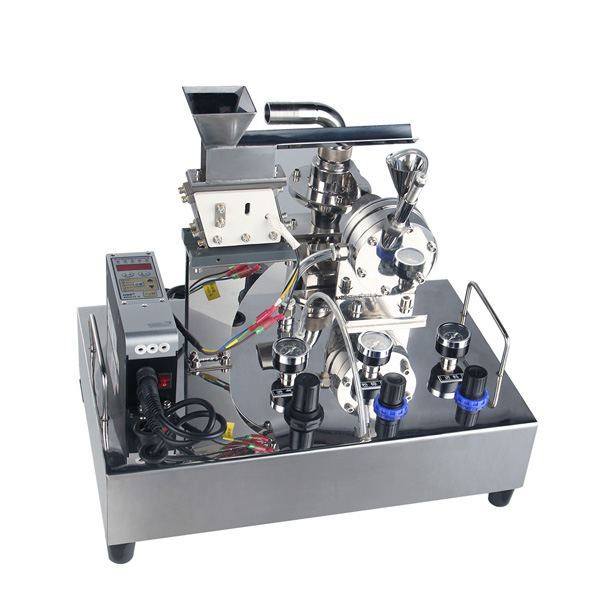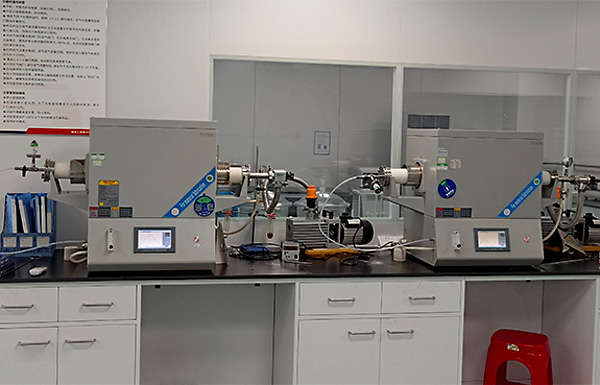Table of Contents
Introduction
What is a Pyrolysis Furnace?
A pyrolysis furnace is a type of furnace used in the process of pyrolysis, which is a thermal decomposition of organic materials in the absence of oxygen.
The furnace provides controlled conditions of temperature and pressure to facilitate the breakdown of the organic material into simpler compounds such as gases, liquids, and solid residues.
Pyrolysis is often used for the conversion of biomass, plastics, and other organic materials into valuable products such as biofuels, syngas, char, and specialty chemicals.
The characteristics of a pyrolysis furnace are as follows:
High-temperature operation: Capable of conducting pyrolysis reactions at high temperatures, typically ranging from several hundred to over a thousand degrees Celsius.
Anaerobic environment: Typically operated in an oxygen-free or extremely low oxygen environment to prevent combustion or oxidation reactions.
Controlled conditions: Provides precise control over parameters such as temperature, pressure, and reaction time.
Versatile applications: Can be used to process various organic materials, including biomass, plastics, rubber, etc.
Design flexibility: The design of the pyrolysis furnace can be flexibly adjusted according to different application requirements.
Resource recovery: Enables effective recovery and reuse of organic substances.
Application
Applications of Pyrolysis Furnace
Energy Industry: Used for the pyrolysis of biomass, waste, and other organic materials to produce renewable energy such as biofuels and biochar.
Chemical Industry: Can be used to pyrolyze plastic waste, rubber waste, and other plastic materials into synthesis gas, petroleum products, and other chemicals.
Environmental Protection: Used for the treatment of solid waste, sludge, and toxic waste, converting them into harmless products.
Agricultural Sector: Pyrolysis furnaces can convert agricultural waste such as crop straw and wood chips into biochar and biofuels.
Research and Development: Used for synthesizing new materials, studying reaction kinetics, etc.
The Role of Pyrolysis Furnace in Biochar Development
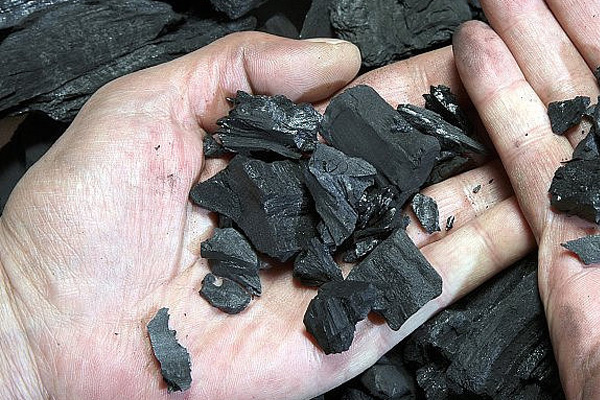
Biochar Research and Development
Biochar formed by the pyrolysis and carbonization of biomass possesses a high and stable carbon content, which can reduce carbon emissions generated by biomass combustion and natural degradation (carbon negativity).
Process Optimization: By adjusting parameters such as temperature, pressure, residence time, etc., the production process can be optimized to improve the yield and quality of biochar.
Researchers can use pyrolysis furnaces to conduct experiments under different conditions to determine the optimal production parameters.
Biochar Characterization: Biochar produced by pyrolysis furnaces has different physical and chemical properties such as surface area, pore structure, and chemical composition.
Characterization and analysis of biochar samples prepared under different conditions can provide a deeper understanding of its properties and characteristics, providing basic data for its applications in adsorption, catalysis, soil improvement, etc.
Development of Novel Biomass Resources: Pyrolysis furnaces can be used to process various biomass resources, including crop straw, forest residues, municipal solid waste, etc.
By studying the pyrolysis behavior of different raw materials and the properties of biochar products, the feasibility and potential application value can be evaluated, providing scientific basis for the development of novel biomass resources.
Expansion of Application Fields: By conducting in-depth research on the properties of biochar, exploration of its potential applications in new fields such as catalyst supports, carbon-loaded materials, etc., can be conducted to expand the application range of biochar.
Development of Environmentally Friendly Technologies: The process of preparing biochar typically occurs in an oxygen-free or low-oxygen environment, effectively reducing the generation of pollutants and demonstrating high environmental friendliness.
Through the research of pyrolysis furnace technology and its integration with other environmental protection technologies, more environmentally friendly and efficient biochar preparation processes can be developed.
Images for Pyrolysis Furnace
The Price of Pyrolysis Furnace
The price of pyrolysis furnace depends on several factors, including the furnace size, production capacity, types of processed materials, and the processing methods of raw materials.
Generally, the price of small-scale laboratory-level pyrolysis furnaces may range from thousands to tens of thousands of dollars.
Additionally, the price of pyrolysis furnaces can also be influenced by factors such as the geographical location of the supplier, their technical expertise, brand reputation, and after-sales service.
Therefore, to obtain accurate pricing for pyrolysis furnaces, it is best to directly consult suppliers to understand specific quotations for different models and configurations.
Factors to Consider When Purchasing a Pyrolysis Furnace:
Application Requirements: Determine the main purpose and application field of your pyrolysis furnace purchase.
Furnace Size: Based on the size of your laboratory or production site, determine the dimensions and space requirements. Also consider the sample processing volume and production capacity needed.
Types of Processed Materials: Consider the types of raw materials you will be processing, such as biomass, plastics, rubber, etc.
Technical Parameters: Pay attention to technical parameters such as temperature range, temperature control accuracy, heating rate, heating method, etc.
Operational Control: Consider the operational control features of the pyrolysis furnace, including whether it has an automated control system, touchscreen interface, data logging capabilities, etc., to facilitate operation and monitoring of the pyrolysis process.
Brand Reputation and Supplier Credibility: Choose a reputable supplier to ensure reliable product quality and timely after-sales service.
Price and Budget: Consider the overall price and budget based on the factors mentioned above, and select a pyrolysis furnace product with good cost-performance ratio.
After-Sales Service: Ensure that the supplier provides comprehensive after-sales service and technical support.
FAQ
1. What materials can be processed in a pyrolysis furnace?
Materials like plastics, rubber, biomass, composite materials, carbon precursors, and 3D-printed green parts can be thermally treated using pyrolysis technology.
2. Is pyrolysis environmentally friendly?
Yes—pyrolysis is considered an environmentally friendly alternative to incineration, especially when equipped with gas exhaust treatment systems. It reduces solid waste and can recover valuable by-products like fuel gas and char.
3. What is the difference between pyrolysis and combustion?
Pyrolysis occurs without oxygen, causing thermal decomposition without flames. In contrast, combustion involves oxygen and results in burning and emission of CO₂ and other gases.
4. What is biomass pyrolysis?
Biomass pyrolysis is a thermochemical process that converts organic materials like wood, agricultural waste, and algae into biochar, bio-oil, and syngas by heating them in the absence of oxygen.
5. What is the temperature range for biomass pyrolysis?
Biomass pyrolysis typically occurs at 350°C to 700°C, depending on whether the process is:
- Slow pyrolysis (more biochar)
- Fast pyrolysis (more bio-oil)
- Intermediate pyrolysis (balanced products)
6. Why is biomass pyrolysis considered sustainable?
It offers:
- Carbon-negative potential through biochar soil storage
- Renewable energy via bio-oil and syngas
- Waste reduction by converting agricultural residues into valuable products
7. Can pyrolysis furnaces be used for pilot or industrial-scale biomass conversion?
Yes. ZYLAB offers scalable biomass pyrolysis furnaces for:
- Laboratory R&D
- Pilot testing
- Small-scale industrial biochar production
We provide customizable chamber volumes, gas control, and product collection systems.
